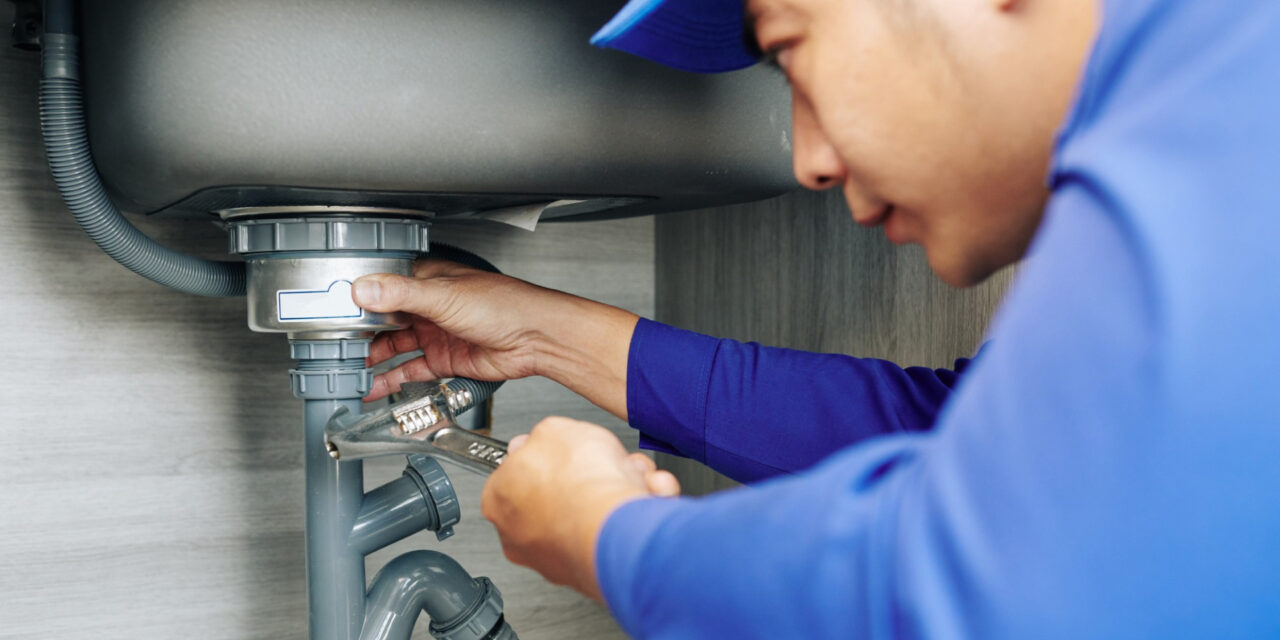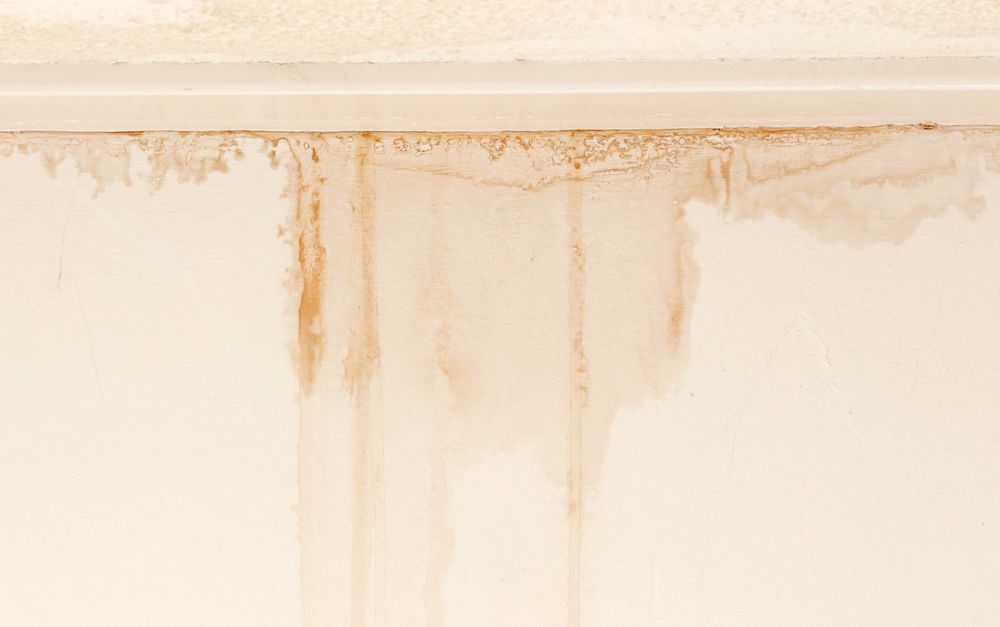Detect Invisible Water Line Leaks: 6 Clever Tricks
Detect Invisible Water Line Leaks: 6 Clever Tricks
Blog Article
The content which follows involving Finding hidden leaks is fairly attention-grabbing. Give it a go and draw your own assumptions.

Early detection of dripping water lines can alleviate a potential catastrophe. In addition to saving you money, it will certainly lessen the stress as well as stress. The moment you discover a leakage, calling your plumber for fixings is the very best remedy. Nevertheless, some little water leakages might not be visible. Below are some hacks that help if you can not detect it with your nude eyes.
1. Check Out the Water Meter
Every home has a water meter. Inspecting it is a surefire way that helps you discover leakages. For starters, shut off all the water resources. Make certain no person will purge, utilize the faucet, shower, run the washing machine or dishwashing machine. From there, most likely to the meter and watch if it will alter. Since no one is utilizing it, there should be no activities. That suggests a fast-moving leakage if it moves. If you identify no changes, wait an hour or two and check back again. This means you may have a slow leak that could even be below ground.
2. Examine Water Intake
If you spot unexpected modifications, despite your intake being the same, it indicates that you have leakages in your plumbing system. An unexpected spike in your costs shows a fast-moving leak.
At the same time, a constant increase on a monthly basis, despite the very same behaviors, reveals you have a slow leakage that's likewise gradually intensifying. Call a plumber to completely check your property, particularly if you feel a warm location on your floor with piping below.
3. Do a Food Coloring Test
30% comes from commodes when it comes to water consumption. Examination to see if they are running properly. Decline specks of food color in the container as well as wait 10 minutes. If the shade in some way infiltrates your bowl during that time without flushing, there's a leakage between the tank and also bowl.
4. Asses Exterior Lines
Don't forget to examine your outside water lines also. Test spigots by connecting a yard hose. Must water permeate out of the connection, you have a loosened rubber gasket. Replace this and guarantee all links are tight. It will help obtain it skillfully checked out and also preserved annually if you have actually got a sprinkler system. One little leakage can lose tons of water and increase your water bill.
5. Inspect as well as Examine the Scenario
Homeowners need to make it a behavior to examine under the sink counters and also inside cupboards for any type of bad odor or mold and mildew growth. These two warnings show a leakage so punctual attention is needed. Doing regular examinations, even bi-annually, can save you from a major issue.
More significantly, if you understand your home is currently old, maintain a watchful eye on your heating units, tubes, pipes and so on. Look for discolorations and weakening as a lot of pipelines and also appliances have a life expectancy. They will certainly also normally degrade due to tear as well as wear. If you suspect dripping water lines in your plumbing system, don't await it to intensify. Call a specialist plumber right now so you do not wind up with an awful mess in your home.
Early discovery of dripping water lines can minimize a prospective disaster. Some little water leaks may not be noticeable. Examining it is a proven method that assists you uncover leakages. One tiny leakage can lose tons of water and also surge your water bill.
If you believe leaking water lines in your plumbing system, don't wait for it to rise.
WARNING SIGNS OF WATER LEAKAGE BEHIND THE WALL
PERSISTENT MUSTY ODORS
As water slowly drips from a leaky pipe inside the wall, flooring and sheetrock stay damp and develop an odor similar to wet cardboard. It generates a musty smell that can help you find hidden leaks.
MOLD IN UNUSUAL AREAS
Mold usually grows in wet areas like kitchens, baths and laundry rooms. If you spot the stuff on walls or baseboards in other rooms of the house, it’s a good indicator of undetected water leaks.
STAINS THAT GROW
When mold thrives around a leaky pipe, it sometimes takes hold on the inside surface of the affected wall. A growing stain on otherwise clean sheetrock is often your sign of a hidden plumbing problem.
PEELING OR BUBBLING WALLPAPER / PAINT
This clue is easy to miss in rooms that don’t get much use. When you see wallpaper separating along seams or paint bubbling or flaking off the wall, blame sheetrock that stays wet because of an undetected leak.
BUCKLED CEILINGS AND STAINED FLOORS
If ceilings or floors in bathrooms, kitchens or laundry areas develop structural problems, don’t rule out constant damp inside the walls. Wet sheetrock can affect adjacent framing, flooring and ceilings.
https://www.servicemasterbyzaba.com/blog/how-to-detect-water-leakage-in-walls/

As an avid person who reads about Finding hidden leaks, I was thinking sharing that excerpt was worth the trouble. Enjoyed our blog posting? Please share it. Let others discover it. Thanks a lot for your time invested reading it.
Give Me A Quote! Report this page